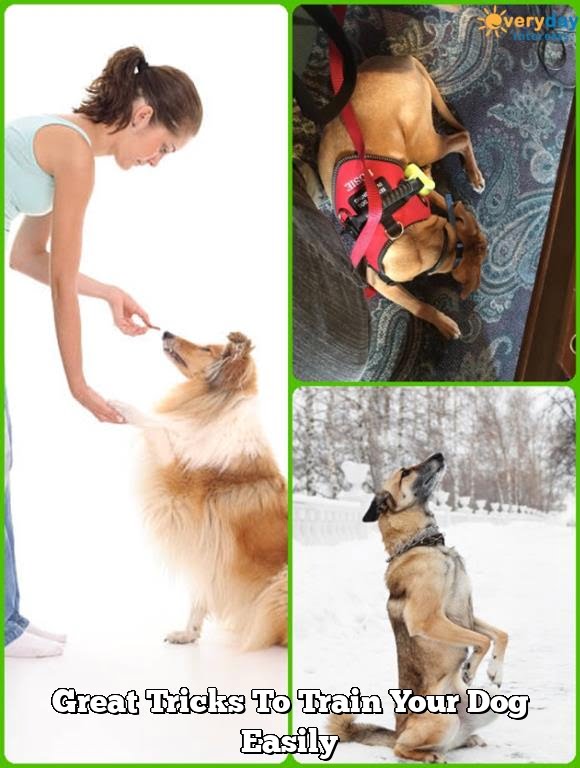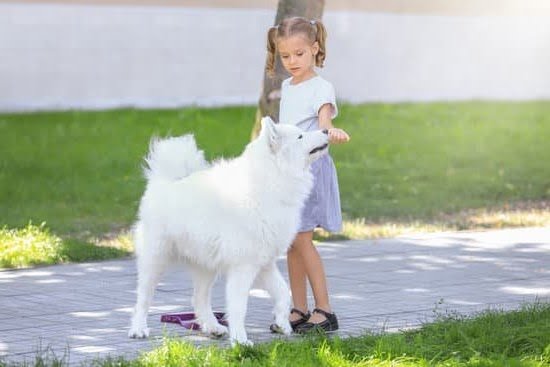Swap out Command Training for Complex Trick Training
There are many ways to move past the simple command training of sitting, lying down and heel. The next step is to introduce your dog to complex trick training, which involves more intricate behaviors. The first step is to start by breaking down some of the more involved tricks into smaller components. For example, if you want your dog to be able to spin in a circle when given a command, start by simply teaching each component on its own – first teaching them to turn their head, then gradually increasing the amount they are asked to turn until they can finally do a full spin. Working in this way will help your dog learn faster and make it less daunting for them too.
You could also incorporate games into your classes, such as ‘find it’ or hide and seek with treats. This type of training gives an element of fun and encourages problem-solving skills from the dog’s perspective on how best to find the treats hidden away.
Finally, recall or ‘come back’ training is an important behavior for all dogs to have so that you have control even during times when there may be distractions around them. Doing this type of trick will also improve their obedience and relationship with you as their owner, especially if rewards and praise are given for response times well done!
Add Problem Solving Training
One way to train your dog to problem solve is through the use of interactive toys. These are toys (or puzzles) where your dog has to figure out how to get a treat or reward inside. This could be anything from pushing a lever that unlocks a door, pushing a ball in a specific way to reveal hidden treats, or rotating items in order to open a compartment with the reward inside. It encourages your pup’s creativity and gives them an opportunity to figure things out on their own.
Another approach is teaching them commands like ‘Find It’, which sends them looking for something you hide while they’re out of sight (for example, asking them to locate their food bowl). You can also make this more difficult by adding different objects into the mix and requiring them to find only the requested object among all the others.
In addition, you can set up search-and-find activities at home where your pup has to locate different items scattered around the house in exchange for treats. Doing this every now and again will help keep their minds sharp when it comes to solving problems presented by unfamiliar objects and situations!
Add Conditioned Training
Classical conditioning involves associating a previously neutral stimulus with an unconditioned stimulus which naturally causes a response. Operant conditioning sanctions desirable behaviors with positive reinforcement, or corrections for undesirable behavior.
Using classical conditioning to train your dog can be effective because it involves the repetition of desired behavior and creating an association with reward or punishment. You may train your dog by showing them food or treats while they are performing the task you have asked of them and rewarding them when they complete it correctly.
Using operant conditioning to train your dog involves rewarding desired behavior and/or reprimanding unwanted behaviors using methods like clicker training and treat giving. Positive reinforcement can be used for praising good behaviors rather than punishing bad ones. Clicker training is a form of operant conditioning which involves using a clicker noise to prompt specific behavior from your pet in order to encourage that action again in the future. Treats can also be used as incentive for desired behaviors, such as getting your dog to sit on command with praise afterward as reward.
Expand on Trouble Training
When faced with difficulty training your dog, it is important to remember that you must remain consistent and patient. Do not become discouraged if your dog does not pick up a new command immediately. Taking the time to consistently repeat the same commands will help them remember what they are supposed to do. Additionally, be sure to provide rewards for good behavior during training sessions; this will reinforce positive behavior and encourage your dog to continue learning new commands. Try breaking larger tasks down into smaller steps so your dog can learn in manageable amounts. Finally, if you feel overwhelmed or that progress is not being made in a safe and positive environment, consider hiring a professional trainer or behaviorist to assist you. With patience and hard work, you can eventually master the art of training your pup!
Incorporate Human & Canine Bonding
Bonding between humans and their canine companions forms the foundation for successful training. Show your pup love and affection from the start, which will help to build a strong relationship based on trust and respect. Spend quality time with your pup each day—even just a few minutes—by playing together, going for a walk or simply snuggling. Training should be a fun activity that both of you can enjoy together. Working as a team will motivate your pup to learn more quickly and happily. Exercise caution not to avoid over-bonding, however; having clear boundaries with consistent rewards-based training is important in order for the pup to learn what behaviors are acceptable and benefitting each individual in the bond.

Welcome to the blog! I am a professional dog trainer and have been working with dogs for many years. In this blog, I will be discussing various topics related to dog training, including tips, tricks, and advice. I hope you find this information helpful and informative. Thanks for reading!





